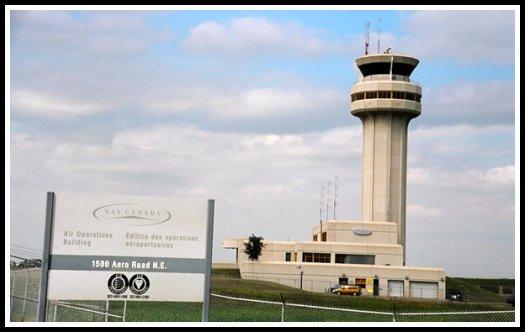The
regulatory function remains the responsibility of the State and can be
exercised by Government and/or independent Safety, Airspace and Economic
Regulators depending on the national institutional arrangements. Often you will
see a division between the Civil Aviation Authority (CAA) (the Regulator) and
the ANSP (the Air Navigation Service Provider).
An Air
Navigation Service Provider is the
authority directly responsible for providing both visual and non-visual aids to
navigation within a specific airspace in compliance with, but not limited to,
International Civil Aviation Organization (ICAO) Annexes 2, 6, 10 and 11 (ICAO
Documents 4444 and 9426) and, other international, multi-national, and national
policy, agreements or regulations.
An Air
Traffic Service Provider is the relevant authority designated by the State
responsible for providing air traffic services in the airspace concerned. Air
traffic services is generic and can mean: flight information service,
alerting service, air traffic advisory service, air traffic control service
(area control service, approach control service or aerodrome control service),
etc.
Both
ANSPs and ATSPs can be public, private or corporatized organisations and
examples of the different legal models exist throughout the world today. The
world's ANSPs are united in and represented by the Civil Air Navigation
Services Organisation (CANSO) based at Amsterdam
Airport Schiphol in the Netherlands.
In the United
States, the Federal Aviation Administration (FAA) provides this service to all
aircraft in the National Airspace System (NAS). With the exception of
facilities operated by the Department of Defense (DoD), the FAA is responsible
for all aspects of U.S.A Air Traffic Control including hiring and training
controllers, although there are contract towers located in many parts of the
country. A contract tower is an Airport Traffic Control Tower (ATCT) that
performs the same function as an FAA-run ATCT but is staffed by employees of a
private company (Martin State Airport in Maryland is an example). DoD
facilities are generally staffed by military personnel and operate separately
but concurrently with FAA facilities, under similar rules and procedures. In Canada,
Air Traffic Control is provided by NAV CANADA, a private, non-share capital
corporation that operates Canada's civil air navigation service.
In the United States, some
alterations to traffic control procedures are being examined:
- The Next
Generation Air Transportation System examines how to overhaul the United States
national airspace system
- Free flight
is a developing air traffic control method that uses no centralized control
(e.g. air traffic controllers). Instead, parts of airspace are reserved
dynamically and automatically in a distributed way using computer communication
to ensure the required separation between aircraft
In Europe, the SESAR (Single
European Sky ATM Research) Programme plans to develop new methods, new
technologies, new procedures, new systems to accommodate future (2020 and beyond) air traffic needs.
Many countries have also privatized
or corporatized their air navigation service providers. Change in regulation in
admittance for possible A.T.C.'s regarding their eye-refraction and correction
thereof by technology has been proposed. FAA Control Tower Operators (CTO)/Air Traffic Controllers use FAA Order 7110.65T as the authority for all procedures
regarding air traffic.


